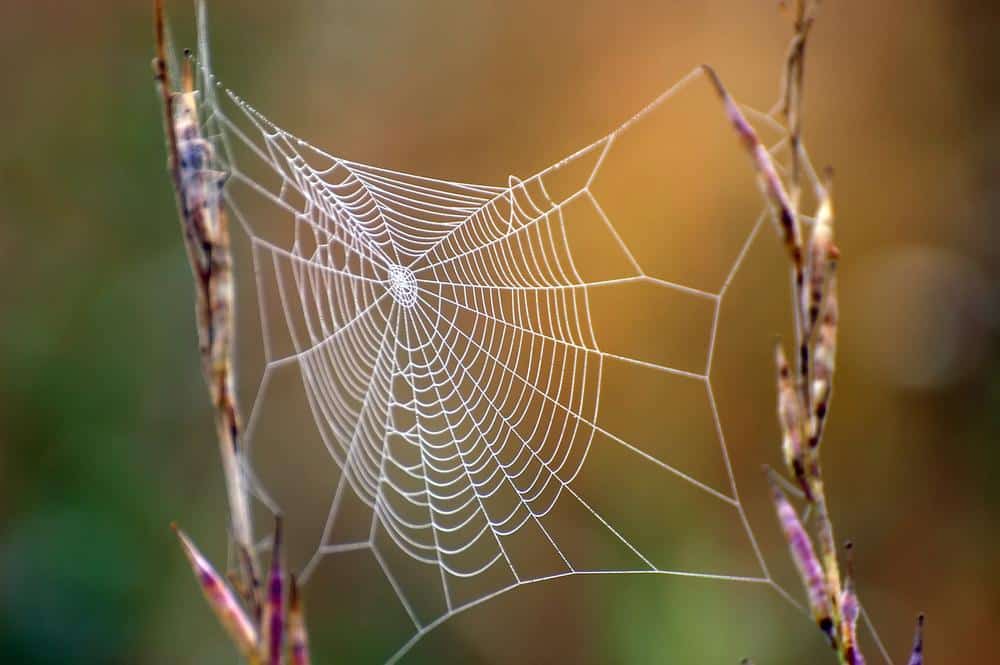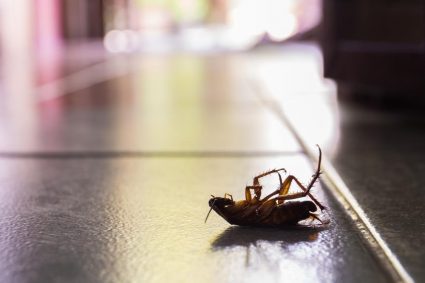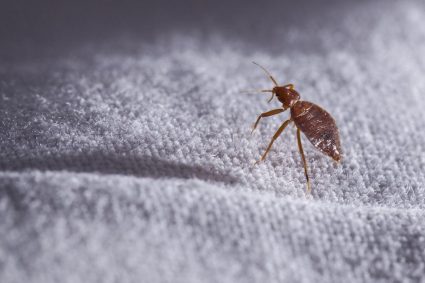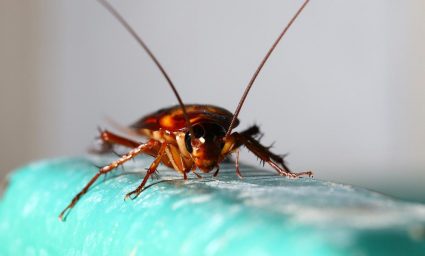
Jumping spiders are fascinating creatures known for their impressive leaping abilities and intricate mating dances. However, like all spiders, they can bite. But what does a jumping spider bite look like? How can you identify it, and what should you do if you’re bitten?
A jumping spider bite typically results in a small, mosquito-bite-sized welt with redness and swelling. In some rare cases, small dots from the spider’s fangs might be visible. It may cause mild pain, itching, and stinging, similar to that of a bee sting. However, it can be challenging to identify as its symptoms are often similar to other insect bites.
Characteristics of a Jumping Spider Bite
A bite from a jumping spider typically results in a small, mosquito-bite-sized welt. It’s characterized by redness and swelling, and in some rare cases, small dots from the spider’s fangs might be visible. The bite may cause mild pain, itching, and stinging, similar to that of a bee sting.
Identifying a Jumping Spider Bite
Identifying a jumping spider bite can be tricky, as the symptoms are often similar to other insect bites. Here are some distinguishing characteristics:
- Mild pain or stinging at the bite site.
- Redness and swelling around the bite area.
- Itching.
- A small red bump, similar to a mosquito bite.
- In rare cases, small dots may be visible from the spider’s fangs.
Immediate Physical Reactions
Immediately after being bitten by a jumping spider, you may experience mild pain or discomfort, redness, itching, and swelling. These symptoms are generally mild and can be similar to that of a mosquito bite or bee sting. In some cases, the bite may not cause any symptoms at all.
Long-term Effects of a Jumping Spider Bite
Jumping spider bites are generally not dangerous to humans and do not have any known long-term effects. In most cases, the symptoms go away on their own within a few hours. However, some individuals may experience an allergic reaction to the venom, causing more severe symptoms such as difficulty breathing, hives, or swelling of the face and throat.
Differences Between Jumping Spider Bites and Other Spider Bites
Bites from venomous spiders like the black widow or the brown recluse can cause more severe symptoms and may require medical attention. Black widow spider bites can cause muscle cramps, pain, nausea, vomiting, and difficulty breathing. Brown recluse spider bites can lead to tissue damage, pain, swelling, blisters, fever, and nausea.
How to Treat a Jumping Spider Bite
If you suspect a jumping spider has bitten you, you can usually treat the bite at home by following these steps:
- Clean the bite site with soap and water.
- Apply a cold compress over the spider bite location.
- Adults can take aspirin or acetaminophen and antihistamines to relieve minor symptoms.
When to Seek Medical Attention
If you experience severe symptoms or an allergic reaction, it is important to seek medical attention. Signs that you should seek medical attention include:
- Nausea and vomiting
- Dizziness
- Rashes spreading past the initial welt
- A blister that is purple or red
- Difficulty breathing
- Increased heart rate
- Fever or chills
- Increased blood pressure
- Swollen lymph glands
- Pain near the bite after 1 to 2 days
- Enlarged wound site
- Redness streaking from the bite
- Muscle cramps
- Blistering
- Flu-like symptoms
Preventing Jumping Spider Bites
To prevent jumping spider bites, it’s best to avoid handling these spiders if possible. If you do need to handle a jumping spider, wear gloves and move slowly to avoid startling the spider.
Conclusion
Although they can bite, jumping spiders are generally not dangerous to humans. Their bites typically cause mild symptoms that go away on their own within a few hours. However, if you experience severe symptoms or an allergic reaction, it’s important to seek medical attention.
By understanding what a jumping spider bite looks like and how to treat it, you can ensure that you’re prepared in the unlikely event that you’re bitten by one of these spiders.
Frequently Asked Questions
What is the size of a jumping spider?
Jumping spiders are generally small and compact. They are usually between 1/8 to 3/4 inch (3 to 18 mm) in size.
Are jumping spiders aggressive?
Jumping spiders are not typically aggressive towards humans. They tend to bite only if they feel threatened or cornered.
Are jumping spiders found worldwide?
Yes, jumping spiders are found worldwide. They are most abundant in tropical forests, deserts, intertidal zones, and mountainous regions.
Can jumping spiders jump far?
Yes, jumping spiders are known for their impressive jumping abilities. They can jump several times their body length, making them excellent hunters.
Can jumping spiders climb glass?
Yes, jumping spiders can climb glass. They have tiny hairs on their feet that help them grip onto smooth surfaces.
Can jumping spiders live indoors?
Yes, jumping spiders can live indoors, especially if there are plenty of insects for them to feed on. However, they prefer to live outdoors.
What do jumping spiders eat?
Jumping spiders are carnivorous and feed mainly on insects. They are excellent hunters and use their jumping abilities to catch their prey.
How long do jumping spiders live?
The lifespan of a jumping spider varies depending on the species, but the average lifespan is about a year. Some species can live up to two years.











